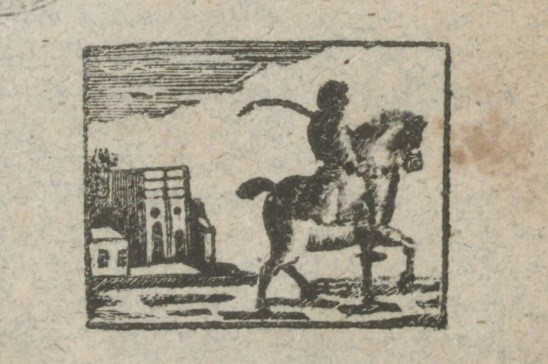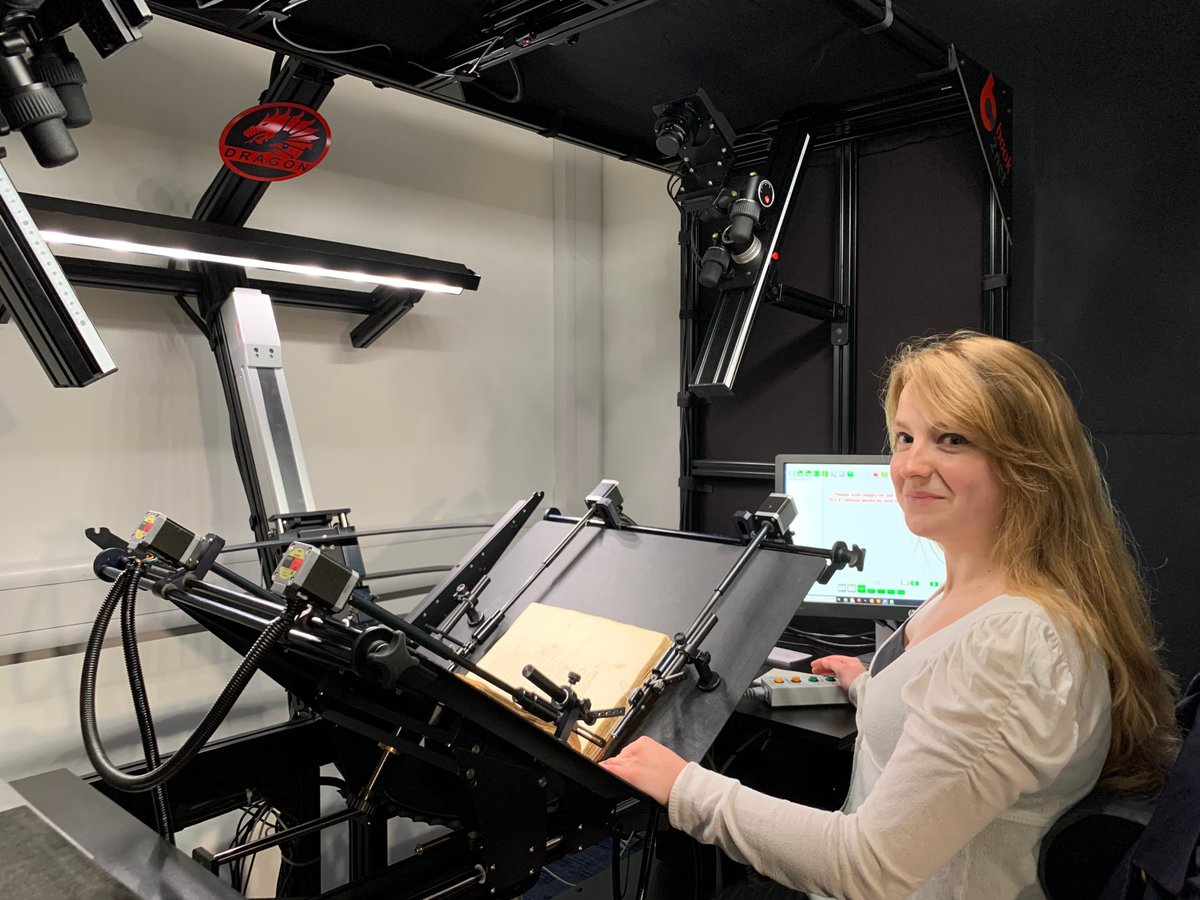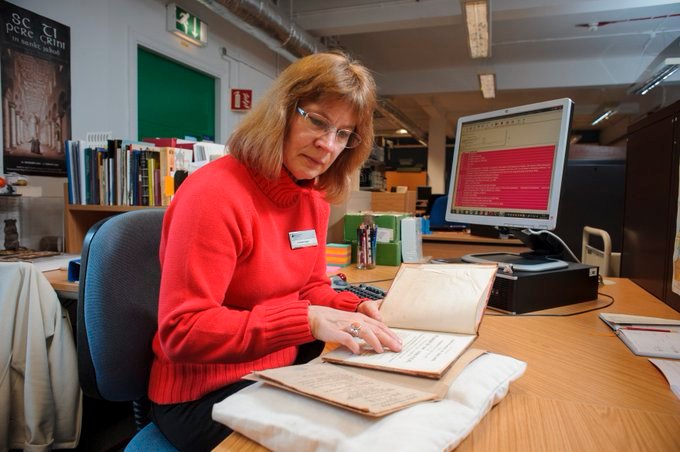
So this is a fore-edge painting of Leith Walk (mid-to-late 19th century) as seen in a book we acquired last year.
"But what is a fore-edge painting?" We hear you cry. Grab a seat, get comfy and let us tell you...
"But what is a fore-edge painting?" We hear you cry. Grab a seat, get comfy and let us tell you...
Fore-edge painting is a technique for decorating a book's fore-edge (the edge opposite a book's spine). 

There are several types of fore-edge painting, including painting directly onto the fore-edge, but what we’ll look at is the ‘fanned’ technique of fore-edge painting.
In this technique the fore-edge of a book is slightly fanned out and then secured before being painted. As you might imagine, this is precise, delicate work.
When the painting is finished the edges of the book are then squared up and gilded so that the painting remains concealed (and protected) by the closed book.
But when the book is fanned again, the painting then *magically* re-appears.
But when the book is fanned again, the painting then *magically* re-appears.
Take a look at a lovely example from 1830. This fore-edge painting depicts @edinburghcastle as viewed from the Grassmarket...
@edinburghcastle This is from the book ‘M. Tullii Ciceronis opera.' which contains interpretation and criticism of Cicero’s speeches.
Another lovely fore-edge painting depicts @AbbotsfordScott and it’s from ‘Memoirs of the life of Sir Walter Scott’ (1845).
@AbbotsfordScott And now for our final example...
This fore-edge painting shows a view of Edinburgh as seen from Calton Hill. It’s from ‘The remains of Henry Kirke White: consisting of poems, essays, & letters; with an original biography of the author’ (1825).
And that's it, so thanks for viewing this fore-edge thread🙂
• • •
Missing some Tweet in this thread? You can try to
force a refresh


















